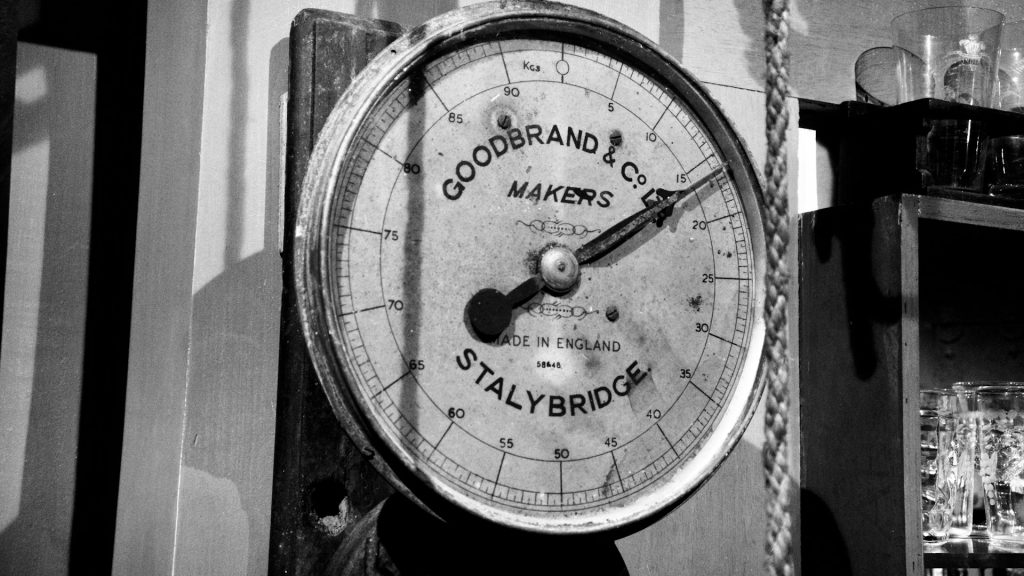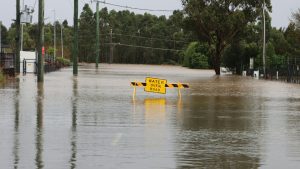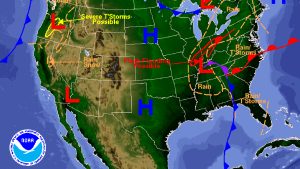Understanding how air pressure affects weather is crucial to grasping how storms develop, why skies clear, or when rain is on the way. One of the most essential tools in meteorology is the barometer—a device that measures atmospheric pressure. Let’s explore how barometers work and what pressure systems reveal about the weather.
What Is a Barometer?
A barometer is a scientific instrument used to measure atmospheric pressure, or the weight of the air above a particular point. Changes in this pressure help meteorologists forecast weather conditions.
There are two main types of barometers:
- Mercury Barometer: Uses a column of mercury to indicate pressure.
- Aneroid Barometer: Contains a small, flexible metal box that expands or contracts with pressure changes.
Today, digital barometers are common and are built into many smartphones and weather stations.
What Are Pressure Systems?
Atmospheric pressure is not uniform everywhere. These differences form what meteorologists call pressure systems, which are major drivers of weather patterns.
High-Pressure Systems (Anticyclones)
- Associated with: Clear skies, calm weather
- Why: Air sinks and suppresses cloud formation
- Symbol on maps: “H”
High-pressure systems often bring dry, stable weather—the kind you’d want for a picnic or outdoor event.
Low-Pressure Systems (Cyclones)
- Associated with: Storms, rain, and unstable weather
- Why: Air rises, cools, and condenses into clouds and precipitation
- Symbol on maps: “L”
Low-pressure systems can lead to cloudy skies, thunderstorms, and even tornadoes in severe cases.
How Barometers Help Forecast Weather
Meteorologists track rising and falling pressure trends to anticipate changes in the weather:
- Rising pressure: Typically indicates improving weather.
- Falling pressure: Signals that rain or storms may be approaching.
By combining barometer readings with satellite, radar, and computer models, meteorologists can make accurate short- and long-term forecasts.
Pressure and Altitude
Atmospheric pressure also decreases with altitude. That’s why mountaineers and pilots pay close attention to pressure changes. Many aviation altimeters are essentially barometers calibrated to read altitude.
Final Thoughts
The barometer may seem like a simple instrument, but it plays a vital role in predicting the weather. From daily forecasts to storm warnings, understanding atmospheric pressure gives us a deeper insight into what’s coming our way.




